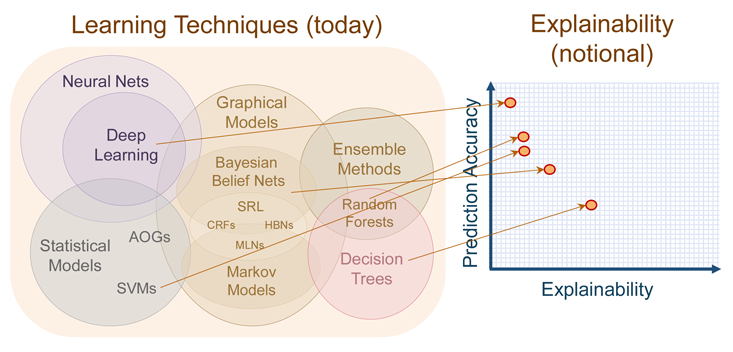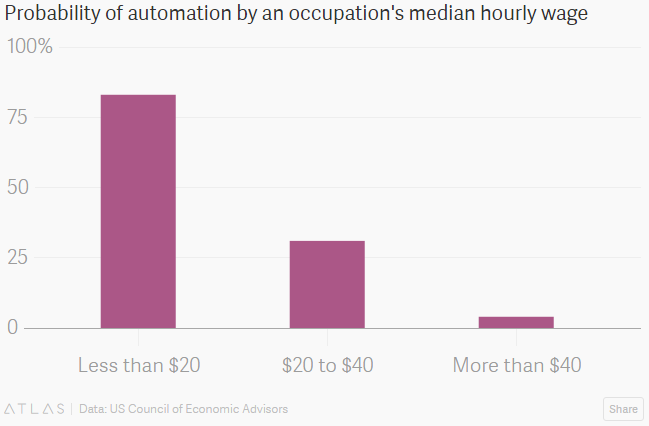Despite new biology-like tools, some insist interpretation is impossible.
Even if it were possible to impose this kind of interpretability, it may not always be desirable. The requirement for interpretability can be seen as another set of constraints, preventing a model from a “pure” solution that pays attention only to the input and output data it is given, and potentially reducing accuracy.
“What machines are picking up on are not facts about the world,” Batra says. “They’re facts about the dataset.” That the machines are so tightly tuned to the data they are fed makes it difficult to extract general rules about how they work. More importantly, he cautions, if you don’t know how it works, you don’t know how it will fail. And when they do they fail, in Batra’s experience, “they fail spectacularly disgracefully.”
They pick up on patterns invisible to their engineers; but can’t know which of those patterns exist nowhere else. Machine learning researchers go to great lengths to avoid this phenomenon, called “overfitting,” but as these algorithms are used in more and more dynamic situations, their brittleness will inevitably be exposed.
Source: Human and Artificial Intelligence May Be Equally Impossible to Understand

